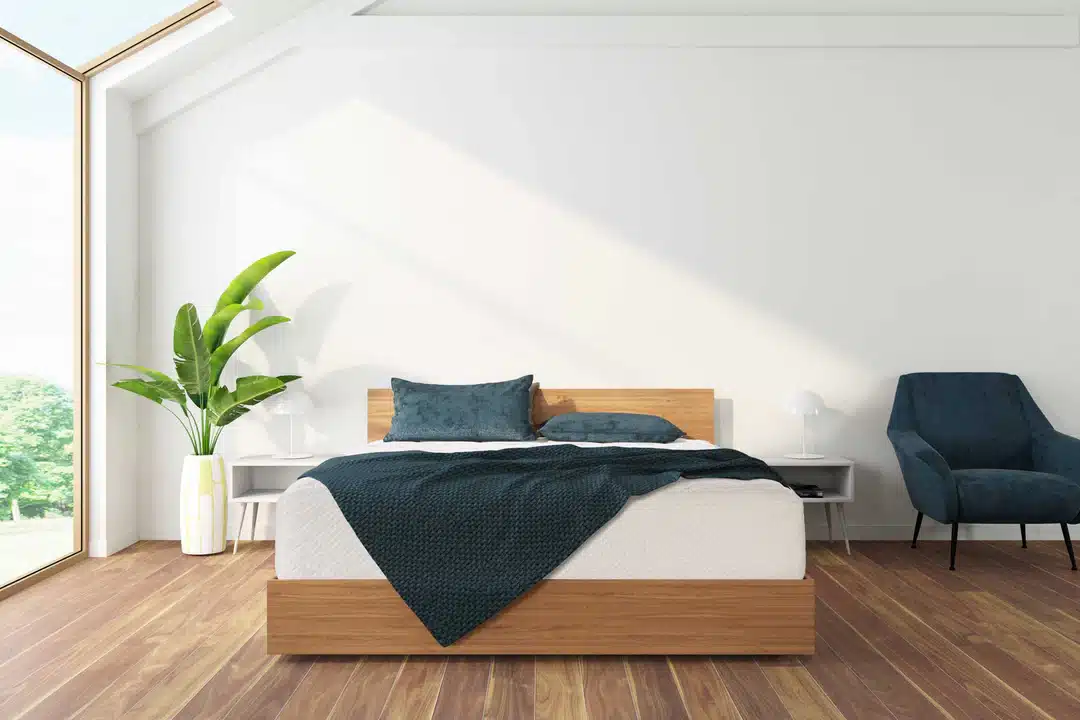The Ins and Outs of Siestas and the Countries That Take Them
What is a Siesta?
A siesta is more than just a leisurely nap; it’s a culturally rich tradition practiced in various parts of the world. Generally taken in the early afternoon, a siesta helps people recharge during the hottest part of the day. But its significance goes beyond mere rest—it’s a crucial aspect of daily life in many warm climates.
Historical Background of Siestas
The concept of the siesta has ancient roots, tracing back to the Roman Empire where laborers would pause during the sixth hour after dawn for a meal and rest. This practice helped them avoid the oppressive midday heat and return to their tasks revitalized. Over the years, siestas have evolved but remain tightly woven into the fabric of various cultures.
Spain is often seen as the heart of the siesta tradition, especially after the Spanish Civil War in the 20th century when many citizens began to work multiple jobs. During this trying time, the midday nap became a precious opportunity for rest. Interestingly, the practice didn’t originate in Spain; it was inspired by Italy’s riposo, where businesses pause for an afternoon break to encourage relaxation and family bonding.
Why Siestas are Essential: The Biological Perspective
The craving for a midday nap stems from our natural biological rhythms. Around lunchtime, many experience a dip in energy and alertness due to circadian rhythms, which generally promote sleepiness in the early afternoon. This period, usually between 2 PM and 4 PM, is ideally suited for a short nap.
The benefits of this midday rest are manifold, as numerous countries continue to uphold the tradition of siestas:
– Spain: While this tradition is on the decline in urban areas, it remains a beloved practice among the older generations and during the summer months.
– Italy: Known as riposo, Italians embrace this custom not just as a break, but also as a time to enjoy family meals.
– Greece: Called “Kalo Mesimeri,” this revered tradition is upheld especially in non-touristy locales, where quiet hours are officially observed.
– Nigeria: In a country facing long commutes and extensive working hours, the siesta serves as a necessary respite, promoting better health and well-being.
– Philippines: The tradition of idlip, influenced by Spanish colonialism, is common after heavy meals and celebratory occasions.
By understanding the biological necessity of siestas, we can better appreciate why this tradition remains vital in various cultures. It’s about syncing our rest with natural cycles to foster health and productivity.
Countries That Embrace the Siesta Tradition
Spain: A Cultural Icon
In Spain, the siesta transcends mere napping; it symbolizes a lifestyle. Traditionally, businesses would close from 2 PM until 5 PM, allowing families to rejuvenate before continuing their day’s activities. While modern work demands have led to a decline in this practice, particularly in cities, many still honor the siesta during summer vacations.
Italy: Riposo and Family
Italy’s version of the siesta, or riposo, is treated as sacred. Shops often shut for a few hours post-lunch, encouraging everyone to indulge in home-cooked meals and relaxation with loved ones. This emphasis on family and well-being makes riposo an integral part of Italian culture.
Greece: Kalo Mesimeri
Greece’s Kalo Mesimeri translates to Good Afternoon, a greeting that reflects the emphasis on midday rest. The government promotes quiet hours, particularly in less touristy areas, ensuring locals can maintain this cherished practice. It’s a way for communities to unwind during the hot summer months before the evening festivities begin.
Nigeria: Practical Respite
In Nigeria, long work hours and strenuous commutes can lead to fatigue and stress. Siestas serve as a quick recharge to enhance productivity and foster overall health. This practice reflects the adaptability of cultural traditions in addressing modern challenges.
Philippines: The Legacy of Idlip
The idlip, or short nap, prevalent in the Philippines, is a charming remnant of Spanish influence. It’s customary for people to rest after hearty meals, especially post-celebration. The idlip remains an enjoyable aspect of Filipino life, allowing for rejuvenation amidst bustling daily activities.
The Health Benefits of Taking a Siesta
Cardiovascular Health
Engaging in regular siestas may be beneficial to your cardiovascular health. Research indicates that those who nap can experience up to a 37% reduction in coronary mortality. This improvement is likely due to naps alleviating stress on the heart, allowing it to recuperate during the midday break.
Mental and Physical Well-being
The advantages of taking a siesta extend beyond physical health:
– Stress Reduction: A short nap can lower cortisol levels, reducing anxiety and helping you feel more relaxed.
– Enhanced Memory: According to studies from the Harvard School of Public Health, those who take power naps tend to exhibit improved memory retention.
– Mood Boost: Regular napping can elevate your mood and energize you, enhancing productivity and overall happiness.
Despite the demands of modern life, the benefits of siestas highlight why this tradition has persisted. Companies, such as Yawnder, are recognizing the value of midday breaks to foster productivity among employees.
Frequently Asked Questions about Siestas
What Countries Take a Siesta?
Many countries, especially warm-climate regions, maintain the siesta tradition, including Spain, Greece, Italy, Nigeria, and the Philippines. While urbanization is impacting these practices, they remain essential in rural and traditional settings.
What Country Shuts Down for Naps?
Spain is famously known for its midday shutdowns, particularly in regions like Valencia, where entire towns observe designated nap hours, promoting a collective sense of restfulness.
Do Europeans Still Take Siestas?
While the frequency of siestas is gradually decreasing in urban Europe, they continue to thrive in rural areas of Spain, Greece, and Italy, highlighting their ongoing cultural significance.
Conclusion
At Yawnder, we recognize the profound influence of sleep on daily life and well-being. Siestas, whether you refer to them as napping, riposo, or idlip, offer invaluable health benefits that support productivity and mental clarity. Understanding this cultural practice enriches our appreciation for relaxation and its role in a balanced lifestyle. Explore Yawnder’s personalized sleep recommendations and diverse product range to enhance your sleep experience today. Whether you seek the perfect mattress or tips for maximizing rest, we’re here to guide you on your journey to rejuvenation.


















